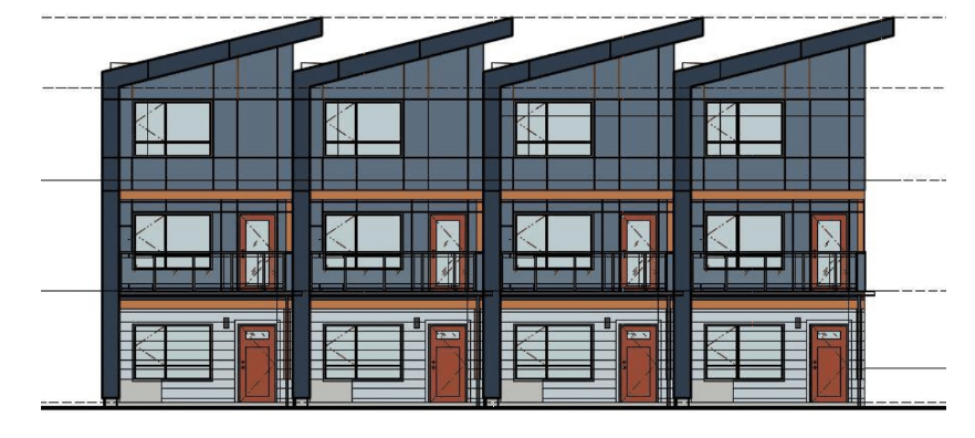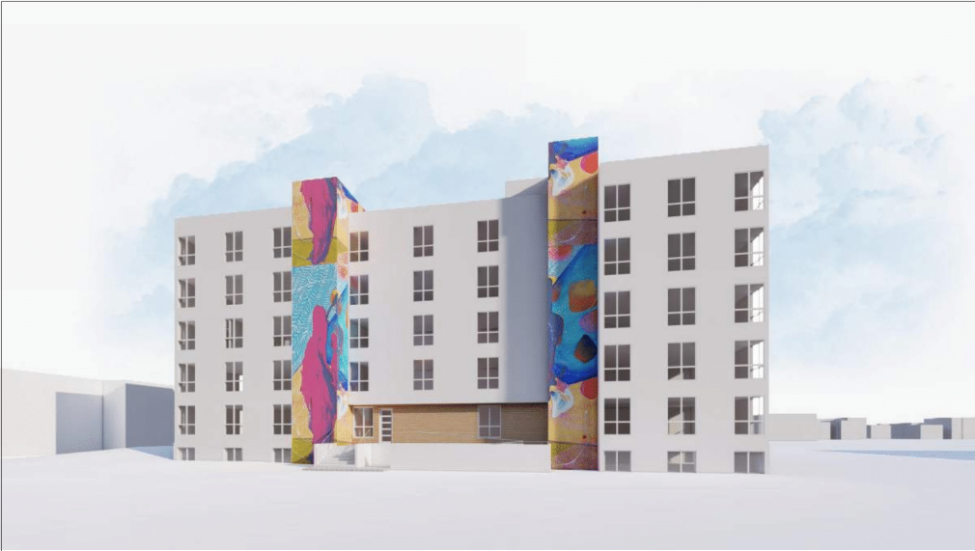Few of us have been immune to the pressures of our region’s rising housing costs over the past decade, but some communities, like those in South Seattle’s diverse Rainier Valley, have felt it acutely.
Expanding transit service into more and more neighborhoods brings countless benefits and opportunities, but we also know that light rail infrastructure can play a role in gentrification. New development and rising cost of living often displace the existing residents that transit was built to serve.
At Sound Transit, we’re committed to doing our part to address the region’s housing crisis. We partner with both private and nonprofit developers to create more housing (including housing that’s affordable to those who make 80% or less of the area median income) on the surplus properties we no longer need after transit construction projects finish.
These projects often result in huge apartment buildings that create rental housing for hundreds of people. In fact, more than 2,000 housing units have already been built or are being planned on our surplus properties, and we’re deeply proud of those large-scale success stories.
Our transit-oriented development in the Rainier Valley is different.
We’re trying out a new partnership model for community-responsive, small-scale development to make the most of small properties, prevent displacement, and create permanently affordable homes for purchase—and it reached a big milestone last month.
A new approach for pocket parcels
After light rail construction through the Rainier Valley finished and Link opened in 2009, Sound Transit owned several properties we no longer needed. But most were small and scattered, and over the past decade they proved hard to develop and mostly sat vacant.
Meanwhile residents living near our Mount Baker, Columbia City, and Othello stations were clear: their communities urgently needed more affordable housing.
So in 2021, Sound Transit officially transferred 10 of these parcels to the City of Seattle’s Office of Housing at no cost—officially launching the Rainier Valley Affordable Homeownership Initiative (RVAHI).
In partnering with the City’s experienced homeownership program, this new approach to transit-oriented development will eventually create at least 100 new permanently affordable homes for purchase—many of which will be family-sized, with three or more bedrooms—across those 10 sites.
More importantly, the RVAHI is also specifically designed to prevent displacement, advance racial equity, and build generational wealth for families who already live, work, or are otherwise established in the Rainier Valley.
That’s thanks to Seattle’s 2019 “community preference policy,” which allows housing developments to prioritize certain applicants when selling units in communities at high risk of displacement.
This fall, developers are expected to break ground on the first seven homes across three small RVAHI sites.
What the community needs
Last month, the City of Seattle also officially awarded a second batch of RVAHI sites, which includes four slightly larger parcels of land. Two of the locations are a good fit for townhomes, while the other two can accommodate condo buildings. In total, that means 72 more homes across this batch of properties.
Two joint proposals from organizations with strong housing development experience and deep community ties emerged through a competitive selection process.
The first partnership, between African Community Housing & Development and Habitat for Humanity Seattle-King & Kittitas Counties, will prioritize units for large, intergenerational families; multifamily buildings with a higher number of homes for seniors and growing families; and community-centric retail that features essential services from local small businesses.
While Habitat for Humanity brings nationally recognized housing development experience to the table, the local nonprofit African Community Housing & Development is grounded in King County’s African diaspora immigrant and refugee community, providing culturally relevant housing, food, education, and economic development services.
ACHD and Habitat will follow a co-learning model to combine their respective strengths. This means not only providing homeownership opportunities, but also building capacity within ACHD and the greater African diaspora community to build, manage, and steward more homes in the future.
The second partnership, between Homestead Community Land Trust and the Rainier Beach Action Coalition, will produce seven two- and three-bedroom homes.
A longtime proponent of sustainable development, Homestead intends to exceed Sound Transit and the Seattle Office of Housing’s sustainability requirements and pursue Net Zero Energy certification. The Rainier Beach Action Coalition, a neighborhood empowerment organization that promotes economic development, food justice, safety, and education, will use its strong relationships within the community to identify prospective homebuyers, connect them with resources and application assistance, and offer contracting opportunities to local businesses.
All 72 homes in this batch of properties will be available to homebuyers earning, at most, 80% of area median income, and both development teams have committed to offering some homes at as low as 60% area median income.
The City is investing $7.5 million in funding to support these homes and ensure their affordability. Paired with Sound Transit’s no-cost land, that City subsidy unlocks affordable development potential to create truly transit-oriented neighborhoods.
That’s a rarity. After speaking with other cities and government organizations, Seattle officials found few who mandate that affordable housing should integrate with transportation goals as part of their missions.
“But the alignment of transportation and housing is too close to ignore – people who use transportation should live close to transit,” said Nona Raybern of Seattle’s Office of Housing.
And in high-cost cities like Seattle, “when a public agency has ownership of an asset like land, they should find ways to use it for housing that will retain affordability forever,” she continued.
“Investing in permanently affordable homes is one of the ways the City attempts to undo harmful policies and injustices that have disproportionately affected our residents who have been impacted by displacement and disinvestment,” Raybern explained. “Homeownership promotes economic equity and opportunities to build generational wealth. It strengthens communities and reduces displacement, while also positively impacting health and education outcomes. Homeownership also politically empowers those in their communities to have their voices heard, to engage in local politics, and advocate for policies that positively affect their communities.
In 2024, we’ll award the final batch of RVAHI sites for development. Stay tuned for more news on these innovative new projects as they break ground and take shape in the coming years!

